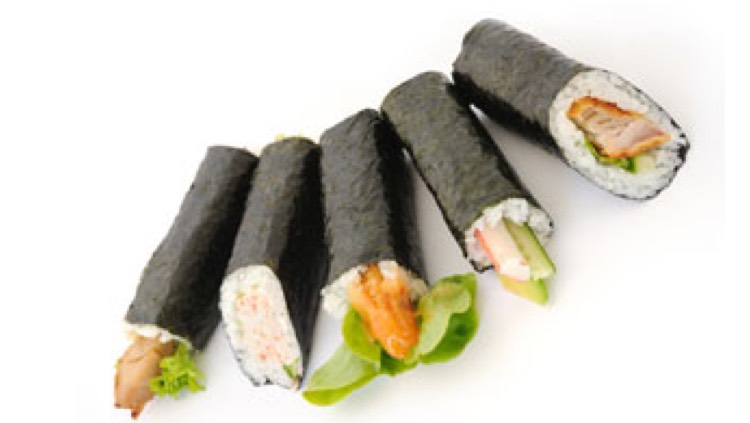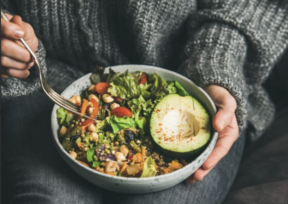Blogs
Japanese cuisine

In recent years we’ve all become more familiar with different styles of Japanese food as a result of the growth of chains like Yo Sushi and Wagamama, for example. The latter covers more than just Japanese food but does feature some Japanese style dishes, albeit some might have been adapted for the British palate. It has become a popular option with we Brits as we crave new and different cuisines from around the world.
Japanese cuisine has an emphasis on seasonality, healthy and quality ingredients, and excellent presentation. They are hugely proud of their food and it may surprise you to know that Japan is the world leader in three-star Michelin restaurants, even out-doing France?
Japan’s cuisine has some influences historically from Chinese and Korean food but Portuguese and Dutch traders also introduced new ideas. Curry is big in Japan but is served in a different way – Katsu style. This would usually be panko-crumbed and deep fried chicken or pork served over rice with a rich smooth curry sauce poured over. Tempura, today seen as a classical Japanese food, was actually introduced by the Portuguese. Key Japanese flavours and ingredients include:
- Rice, noodles (soba, ramen and udon), tofu, shitake mushrooms
- Mirin – pale coloured cooking wine
- Wasabi – also known as Japanese Horseradish
- Miso – a fermented paste made from soybeans and used in miso soup and to flavour pickles and grilled dishes.
- Shoyu – soy sauce, but less salty than Chinese varieties
- Dashi – a gold-coloured stock made from giant kelp and dried bonito
- Cooking sake
- Rice vinegar, which has a slightly sweet flavour
- Seaweed – konbu, wakame and Nori being the main ones, although Nori is actually dried algae
If you fancy trying some Japanese dishes yourself, click on the following links to find a whole host of recipes:




